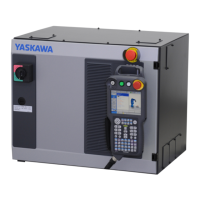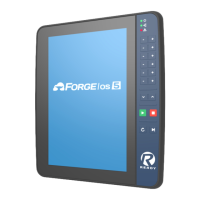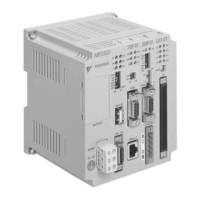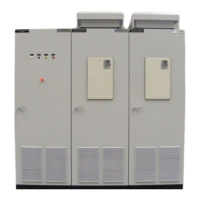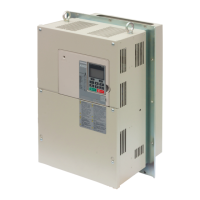4.6 EDIT
4. 6.1 CHECKING REGISTERED PART PROGRAM
NUMBER
13efore editing
part programs, make confirmation
of the registered program numbers and the re–
maining number of characters in the part pro–
gram memory by the following operations:
(1) Depress the PROG function key.
(2) Depress the _~.R~cjR or :_~J1{,sO1l
key to select the screen (PROGRAM NO.
TABLEDD ) of registered program number
display.
tJUMBER OF REMAINING CHARACTERS
REGISTERED PROGRAM NUMBER
This screen only displays information but
also deletes program No, and therefore cannot
be used to register program numbers.
Fig. 4.46
4, 6.2 DISPLAYING AND CHECKING STORED PART
PROGRAMS
Stored part programs
may be displayed on the
CRT screen to check their contents by the follow-
ing operations:
(1) Select the EDIT mode .
(2) Depress the PROG function key.
(3) Depress the RESET key.
(4) Key-in O PROGRAM NUMBER.
(5)
(6)
(7)
Depress the
CURSOR
key.
.
The designated program number is searched.
One screen of data (for 10 lines) from the
head of the searched program is displayed
on the CRT.
If the program number has
not been found ,
“NOT FOUND” is displayed
flashing.
This display may be reset by
depressing CAN key in general.
The preceding or following screen may be
displayed on the CRT by depressing the
-–. =
I’.k(;E
I’.%(;E ‘r -
key.
—
,—— —
is depressed, the cursor is moved to the
preceding or following word on a word basis.
The above operations make the word (ad-
dress and data) designated by the cursor ready
for such edit operations as modification, inser-
tion, and deletion.
Note :
The search for a program number may be
performed also in the MEM mode. But the cursor
movement by the
IPAGE or
PA’GE
key is
disabled.
4,6.3
MODIFYING PART PROGRAM BLOCKS
Modification of part programs is all performed in
the EDIT mode and the PROG function by the
operations which follow the operations described
in the preceding paragraph 4. 6.2 Displaying
And
(1)
(2)
(3)
C~ecking
<tired ~art Programs.
Depress the page key and the cursor key to
designate the word to be modified.
Depress the address key and the data key
to enter the word to be modified. As shown
in the figure below, the keyed–in data is
displayed in the bottom line on the CRT
screen from ieftto right sequentially. The
maximum number of characters that may be
written at a time is 32. Within this limit,
data may be keyed-in over multiple words
or blocks .
Depress the ALTER key.
The word designated by the cursor is de-
leted and the newly keyed-in data is dis-
played in that place. After modification,
the altered word is in the designated state.
180
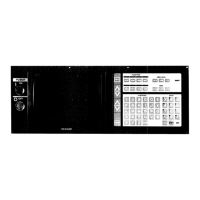
